Enhancing Operational Efficiency in Food Environments
Executive Summary
In today's dynamic business landscape, ensuring operational effectiveness is crucial for sustained growth and profitability. This white paper aims to shed light on the inherent challenges faced by food industry players and provides a comprehensive strategy, informed by Delta Driver's extensive experience, to address these issues.
Note: All identities of specific entities have been anonymized to maintain confidentiality.
Introduction
The food industry, represented here as the amalgamation of two food companies, faces common challenges such as space constraints, organizational inefficiencies, and labor-intensive processes. Delta Driver, a consulting group, leverages its expertise to offer practical solutions to enhance operational efficiency and economic impact.
Operational Assessment Approach
The assessment involved characterizing current state value streams, analyzing process cycle times, and conducting employee interviews. The goal was to identify opportunities for improvement, leading to a detailed operational roadmap.
Key Findings and Recommendations
Space Constraints: Both food companies face limitations in growth and capacity due to space constraints. The recommended approach includes maximizing existing space through the 5S methodology and initiating a long-term expansion plan using the DMAIC approach.
Organization: Optimizing workflow is crucial for minimizing waste in materials, labor, and space. The report suggests projects like change-over improvement using SMED Methodology and basic MRP implementation.
Labor: Labor savings can be achieved through organizational improvements, automation, and separating functions. The report estimates significant direct labor cost savings by maximizing uptime through efficient set-up and changeover processes.
Methodology for Cost Savings
Six general methods, including SMED, Capacity and Efficiency concepts, and Visual Factory Management, form the basis for a roadmap to achieve optimal efficiency within the existing footprint. The focus is on eliminating non-value-added activities and reducing waste.
Cost Savings Roadmap
The report estimates EBITA savings upwards to $2,000,000 across both sites. The roadmap includes specific categories of savings in labor, materials, and overhead, with an expected 12-15% reduction in manufacturing overhead.
Labor Sensitivity Analysis
Both sites have distinct opportunities for improvement. One site focuses on creating space for efficient operations, while the other aims to optimize labor utilization. The estimates suggest eliminating overtime and potentially expanding capacity.
Future State Recommendations
The proposed changes include semi-automating production lines, implementing redundancy for efficient changeovers, and exploring opportunities for product specialization.
Conclusion
In conclusion, this white paper outlines the challenges faced by the food industry and offers a strategic approach to enhance operational effectiveness. By implementing the recommended changes, businesses can not only realize immediate cost savings but also position themselves for sustained growth in the ever-evolving market.
